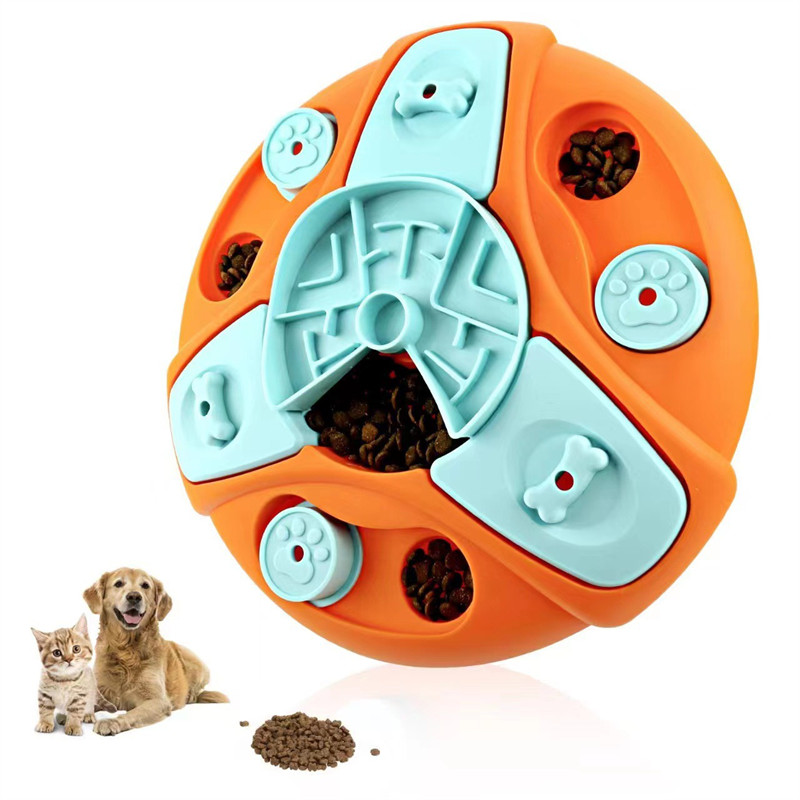Pet Play Toys: Keeping Your Furry Friends Happy and Healthy
2025-06-19
Pets are more than just animals — they’re cherished members of the family. Just like humans, they need physical activity, mental stimulation, and emotional engagement to live happy, balanced lives. That’s where pet play toys come in. These simple yet essential items play a huge role in keeping your furry companions entertained, healthy, and well-behaved.

Why Are Pet Play Toys Important?
Pet play toys serve multiple purposes beyond just fun. They help with:
Exercise: Regular play helps pets burn off energy, maintain a healthy weight, and build muscle.
Mental Stimulation: Toys challenge your pet’s brain, keeping them sharp and preventing boredom.
Bonding: Playing with your pet strengthens the bond between you, enhancing trust and companionship.
Behavioral Training: Toys can reduce destructive behavior by keeping pets occupied and satisfied.
Whether you own a playful puppy, a curious cat, or even a small pet like a rabbit or parrot, there’s a toy designed just for them.
Types of Pet Play Toys
1. Chew Toys
Perfect for dogs and some cats, chew toys help with teething, reduce stress, and promote dental health. Materials range from rubber and nylon to natural bones and rope.
2. Interactive Toys
Toys like treat-dispensing balls, puzzle feeders, or smart electronic toys provide mental challenges and reward pets for solving them.
3. Plush Toys
Soft and cuddly, these toys are ideal for pets that enjoy carrying, shaking, or snuggling with their toys. Many plush toys come with squeakers for extra engagement.
4. Balls and Fetch Toys
For active pets, especially dogs, fetch toys like tennis balls or flying discs are perfect for outdoor fun and cardio workouts.
5. Cat Toys
Cats love toys that mimic prey — such as feather wands, laser pointers, or mouse-shaped toys. These stimulate their natural hunting instincts.
6. Small Animal Toys
Hamsters, rabbits, and birds also need enrichment. Look for tunnels, chew blocks, bells, and hanging toys that suit their environment.
Choosing the Right Toy for Your Pet
Size and Safety: Make sure the toy is the right size and made of pet-safe materials.
Durability: Choose tough toys for heavy chewers and more delicate ones for gentle players.
Personality: Match the toy to your pet’s personality — some love puzzles, others prefer chasing or cuddling.
Age and Breed: Puppies need teething toys, while older dogs might enjoy softer ones. Similarly, active breeds may need more stimulating options.
Tips for Safe Play
Always supervise your pet during playtime, especially with new toys.
Check toys regularly for wear and tear — replace damaged ones immediately.
Rotate toys every few days to keep things fresh and exciting.
Conclusion
Pet play toys are much more than entertainment — they’re a key part of your pet’s well-being. By choosing the right toys and engaging with your pet regularly, you can ensure they stay physically fit, mentally sharp, and emotionally content. After all, a happy pet means a happy home!


